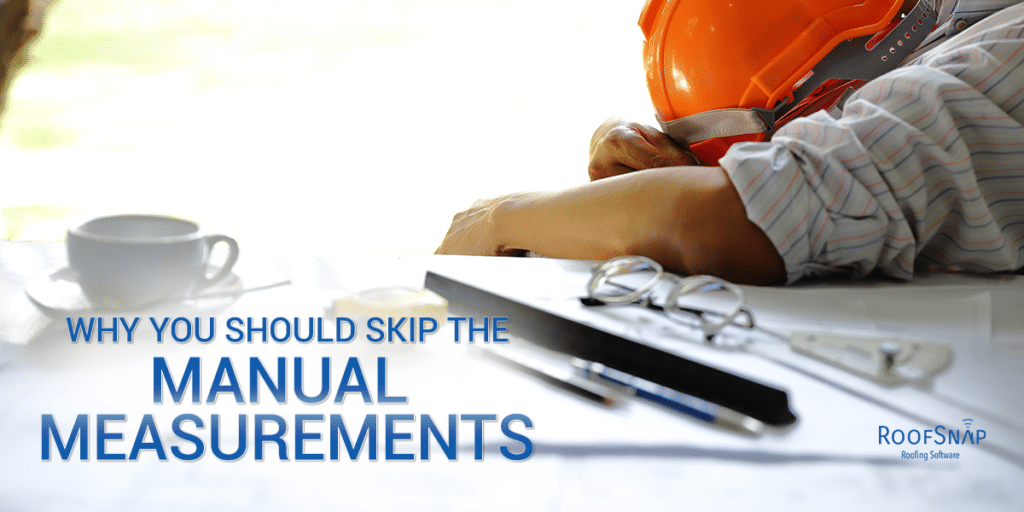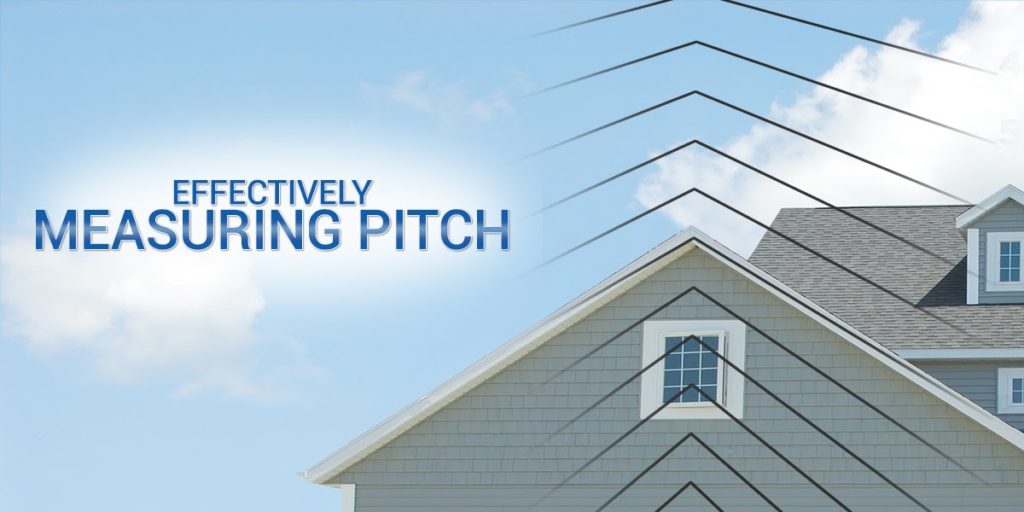Roofs made of metal are not uncommon. Many homeowners choose them for their durability. But how long do metal roofs really last?
In this article, we’ll equip you with the knowledge you need to guide your customers on choosing, maintaining, and replacing their metal roofs.
We’ll investigate how long metal roofs last and the factors contributing to their lifespan. We’ll weigh the pros and cons and share the telltale signs that a metal roof needs replacing.
We’ll also offer some key maintenance suggestions before providing four actionable tips to apply this expertise immediately.
Let’s get started.
How Long Do Metal Roofs Last?
Metal roofs can last anywhere from 40 to 80 years, making them a desirable choice for many customers.
However, the longevity of a metal roof depends on several factors:
Metal Type
The type of material used in a metal roof affects its lifespan. Customers should be aware of these options.
- Steel: Commonly used for metal roofs, steel can last about 50 years. It’s durable and a popular choice among homeowners.
- Aluminum: Aluminum is also a common roofing choice. It’s lighter than steel but offers the same lifespan—typically around 50 years. It’s also less prone to corrosion, making it a better choice in coastal areas.
- Copper: Copper roofs can last over 70 years. But because of its higher cost, copper is most often used for special features rather than entire roofs.
- Zinc: With a potential lifespan of over 100 years, zinc is extremely durable and requires minimal maintenance. It’s also becoming more popular in the U.S. and becoming easier to obtain.
Weather Conditions
The local climate can impact how long a metal roof lasts.
Areas with extreme weather—like heavy winds, hail, or high UV exposure—can affect how long a roof lasts. Always recommend a metal type suited to your local climate.
Installation Quality
Proper installation is crucial. If a roof isn’t installed correctly, it might have gaps or weak spots where water or wind can cause damage.
A well-installed metal roof will outlast one that isn’t installed correctly in any situation.
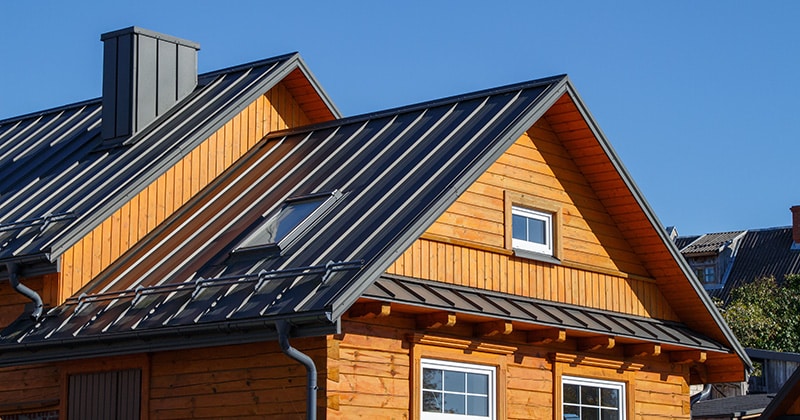
What Are the Pros and Cons of Metal Roofs?
Metal roofs are a great choice for many homes. But like anything else, they have their advantages and their drawbacks.
It’s important to be familiar with both.
Pros of Metal Roofs
Here are some benefits of metal roofs:
Longevity
Metal roofs can last from 40 to 80 years. That’s much longer than the usual asphalt shingle roofs that last 15 to 20 years.
Durability
Metal roofs can take on tough weather. They can even stand up to winds as high as 140 miles per hour.
Aesthetics
Today’s metal roofs aren’t just strong. They’re also attractive. Your clients can pick from many more styles and colors than shingle or shake roofs offer. They’re sure to find an option that complements the architectural style of their home, whether contemporary or classic.
Sustainability
Metal roofs are kinder to the earth. They use a lot of recycled materials, which can be recycled again when it’s time to replace them. Plus, you can install them over the old roof as long as it’s in good repair. That means less waste.
Energy Savings
Metal roofs can help keep homes cooler, which means your clients might pay less for air-conditioning. They also make a good base for solar panels.
Safety
Metal roofs are usually given a Class A fire rating. This helps prevent and slow the spread of house fires. If the customer lives in an area prone to wildfire, the roof is a high-risk area of the home. Metal roofs can help mitigate some of that risk.
RELATED ARTICLE: Metal Roofs vs. Shingles: Which Should Roofers Recommend to Homeowners?
Cons of Metal Roofs
The benefits are many, but there are also disadvantages. Given the lifespan of a metal roof, customers should also be aware of the cons before making a decision.
Higher Up-Front Expense
Installing a metal roof usually costs more than other types. The price depends on roof size, metal type, and labor.
On average, a new metal roof might cost about $13,200 for 2000 square feet. But the price can vary widely, depending on the factors discussed above. Compare that to an average of $12,500 for the same size shingle roof, and the initial cost can be a little more of an investment.
Can Get Dents
Metal roofs are tough, certainly. But some options, like aluminum and copper, are more prone to dents from hail, falling branches, and other debris.
Can Be Noisy
During a storm, you might hear the rain more on a metal roof than you would with shingles. But putting in the right insulation can help keep things quieter.
Corrosion
Particularly in coastal locations, some metal roofs might rust. But using materials like Galvalume steel, which mixes steel with aluminum and zinc, or straight aluminum can help stop rust.
RELATED ARTICLE: Roof Estimating 101: How to Estimate a Roofing Job
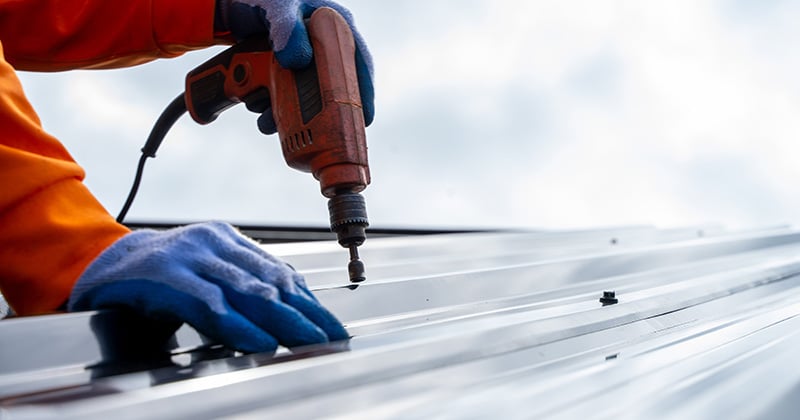
What Are the Signs a Metal Roof Needs to Be Replaced?
When you’re checking out your customers’ homes, keep an eye out for these signs that might mean it’s time for a new metal roof:
Old Age
Though metal roofs do last a long time, they don’t last forever. If a roof is getting close to the end of its expected lifespan, it might be time for a new one.
Leaks
If water is getting inside, it’s a surefire sign that the roof might need replacing. Check inside the house for water stains or drips, especially after it rains.
Weather Damage
Storms can damage roofs. Look for dents, missing pieces, or areas where the roof doesn’t look even anymore.
Flaking Paint
If the paint on the metal roof is peeling or flaking off, it’s not just a cosmetic issue. It could mean the roof’s protective layer is wearing out.
Corrosion
Rust or corrosion is a sign that the metal is breaking down. This can lead to leaks and other problems.
Sagging
If parts of the roof look like they’re sagging or dipping, it’s a sign that the structure beneath might be weak or damaged.
FROM ONE OF OUR PARTNERS: How Much Does a Metal Roof Cost
Maintaining Metal Roofs for Longevity
Taking good care of metal roofs is key. That’s why offering roof maintenance can be a great service for your clients.
It helps their roofs last longer and keeps their homes safe. Plus, it’s good for your business too.
Here are some effective maintenance tasks:
Inspect the Metal Roof
Check the roof a few times a year. Look for any signs of trouble, like rust, dents, or loose or missing parts.
Doing this can help catch small issues before they snowball into big—and expensive—problems.
Clean Surfaces
When you’ve completed your inspection, wash off dirt, leaves, and other things that shouldn’t be there.
Keeping the roof clean can stop a lot of problems from developing.
Repair Damage Fast
If you find any damage during the inspection, customers should be advised to have it fixed right away. Don’t delay.
Repairs like sealing small leaks or fixing loose parts can make a big difference.
Clear Debris
Inform customers that they need to keep debris cleared, just like they need to clean out gutters.
They should make sure things like leaves and branches are not on the roof. They can hold water, and that’s not good for the roof. Keeping the roof clear also helps water run off like it should.
Again, this may be an opportunity to offer them a maintenance package as an added value.
FROM ONE OF OUR PARTNERS: How to Price a Roofing Job
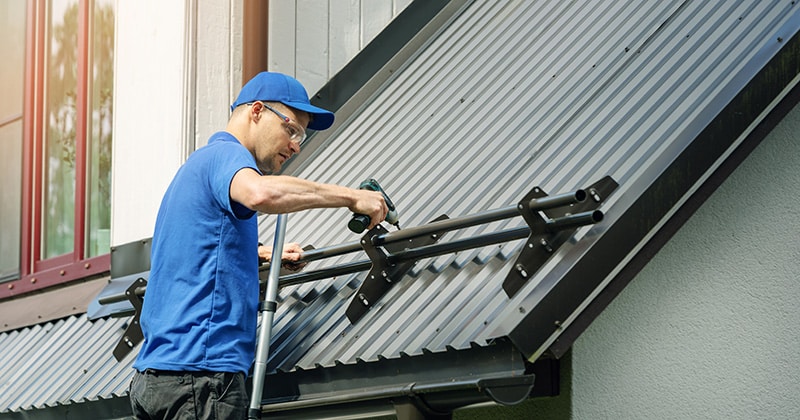
Take Action Now with These 4 Tips
Ready to help your business grow and support your clients at the same time?
Here are four steps you can take right now:
1. Know the Best Metal for Your Area.
Different metals work best in different places. Think about your local weather before recommending a type of metal roof.
2. Offer Roof Maintenance.
Start providing a service to maintain metal roofs. Many customers aren’t comfortable getting on their roofs to do it themselves. You can help their roofs last longer and give yourself more work.
3. Talk to Previous Customers.
Are there clients for whom you’ve previously installed metal roofs? Tell them about your new maintenance service via email or social media.
4. Create a Metal Roof Maintenance Guide as a Lead Magnet.
Put together a helpful guide on caring for metal roofs. Use this guide as a “lead magnet” by offering it for free on your website or in ads.
A lead magnet attracts people because they get something useful for free. When they download your guide, you learn who they are and can offer them your services. It’s a smart way to find new clients interested in keeping their metal roofs in good shape.
